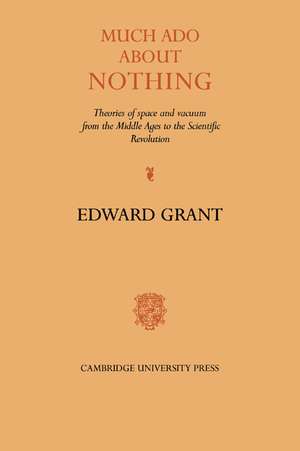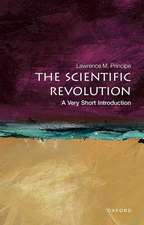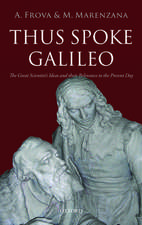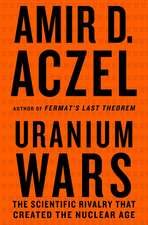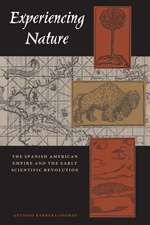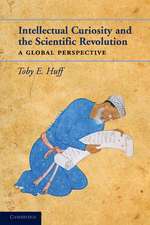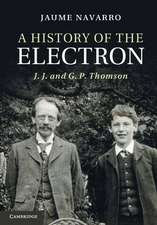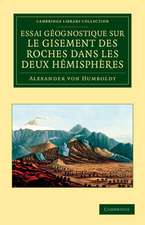Much Ado about Nothing: Theories of Space and Vacuum from the Middle Ages to the Scientific Revolution
Editat de Edward Granten Limba Engleză Paperback – 14 mai 2008
| Toate formatele și edițiile | Preț | Express |
|---|---|---|
| Paperback (1) | 278.52 lei 6-8 săpt. | |
| Cambridge University Press – 14 mai 2008 | 278.52 lei 6-8 săpt. | |
| Hardback (1) | 1140.73 lei 6-8 săpt. | |
| Cambridge University Press – 28 mai 1981 | 1140.73 lei 6-8 săpt. |
Preț: 278.52 lei
Nou
Puncte Express: 418
Preț estimativ în valută:
53.30€ • 55.33$ • 44.44£
53.30€ • 55.33$ • 44.44£
Carte tipărită la comandă
Livrare economică 22 martie-05 aprilie
Preluare comenzi: 021 569.72.76
Specificații
ISBN-13: 9780521061926
ISBN-10: 052106192X
Pagini: 472
Dimensiuni: 152 x 229 x 24 mm
Greutate: 0.65 kg
Ediția:1
Editura: Cambridge University Press
Colecția Cambridge University Press
Locul publicării:New York, United States
ISBN-10: 052106192X
Pagini: 472
Dimensiuni: 152 x 229 x 24 mm
Greutate: 0.65 kg
Ediția:1
Editura: Cambridge University Press
Colecția Cambridge University Press
Locul publicării:New York, United States
Cuprins
Preface; Part I. Intracosmic Space: Scope of study; 1. Aristotle on void space; 2. Medieval conceptions of the nature and properties of void space; 3. The possibility of motion in void space; 4. Nature's abhorrence of a vacuum; Part II. Infinite Void Space Beyond the World: Largely a theological problem; 5. The historical roots of the medieval concept of an infinite, extracosmic void space; 6. Late medieval conceptions of extracosmic ('imaginary') void space; 7. Extracosmic, infinite void space in sixteenth- and seventeenth-century scholastic thought; 8. Infinite space in nonscholastic thought during the sixteenth and seventeenth centuries; Part III. Summary and Reflections: 9. Summary and reflections; Notes; Bibliography; Index.
Descriere
Provides a description of the major ideas about void space within and beyond the world that were formulated between the fourteenth and early eighteenth centuries.
